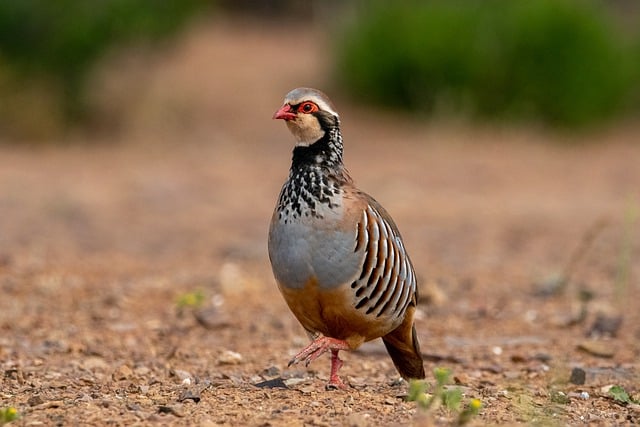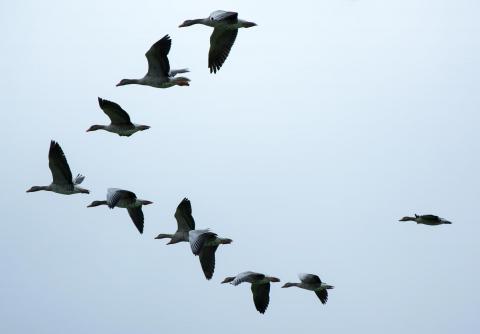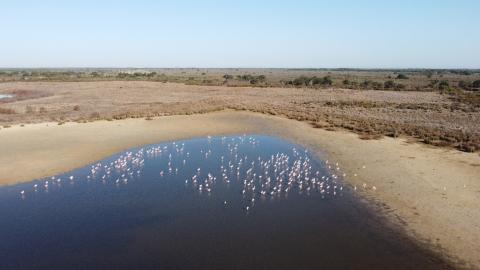Reaction: Intensive agriculture is most responsible for Europe's bird declines
A study led by the University of Montpellier (France) and with the participation of CREAF has analysed the causes of the decline in bird populations in Europe. To do so, they have compiled data on 170 bird species in 28 countries, including Spain, over 37 years. The overall decline is 25 %, and the decline in populations in agricultural areas is around 60 %. The main cause in both cases, according to the research, is intensive agriculture, although climate change is also an important factor. The results are published in the journal PNAS.

Nicolás - Aves (EN)
Nicolás López-Jiménez
Member of the Society and Territory Unit and delegate of SEO/BirdLife in Asturias
This is a complete study at European level, which corroborates the worrying situation of continued decline of bird species inhabiting agro-steppe environments and which was already highlighted in the Red Book of the Birds of Spain, published by SEO/BirdLife at the end of 2021 and where, in the specific case of Spain, intensive farming and forestry are considered the third most important threat to Spanish birds in order of importance, affecting 66% of the species included in the Red Book. Among the most affected species are some of the most common bird species, which have seen their populations decline drastically. This is the case of the little bustard, the red-legged partridge, the Montagu's harrier and the common quail.
The study is the first to be carried out with birds that includes such a considerable number of countries (28) and with such a long time series of data (37 years), which makes it very robust and reliable. The conclusions are devastating and should serve to take drastic decisions to change the direction of EU agricultural policy and implement urgent conservation measures for those species and territories most affected.
The use of armoured seeds used in monocultures, as well as the loss of trophic resources caused by the massive mortality of insects and nutritious wild plants, leads, on the one hand, to direct mortality, infertility or sublethal effects in many bird species and, on the other hand, deprives them of food, precisely in one of the most important periods of their life cycle, the breeding season.
As the members of the research team writing the article rightly point out, climate change, habitat urbanisation and the loss of mature forests are also important factors in the decline of European bird populations, coinciding with other major threats to Spanish birds included in the Red Book of Spanish Birds.
Studies like this one are really necessary to demonstrate how scientific evidence shows us that we are facing a serious crisis of biodiversity loss, which transcends any other crisis caused by humans and which could have very serious consequences and much more in the short term than the crisis caused by global warming.
Rigal et al.
- Research article
- Peer reviewed
- Animals



